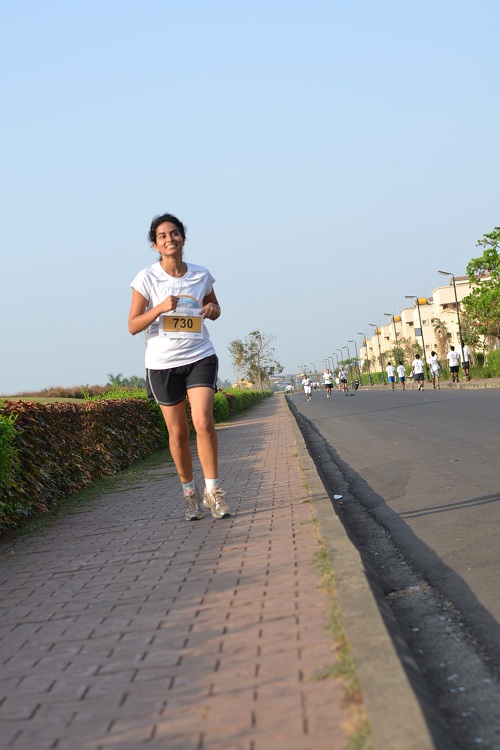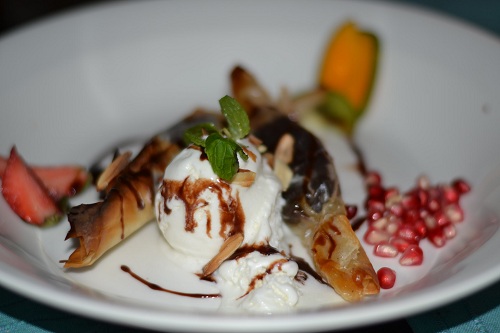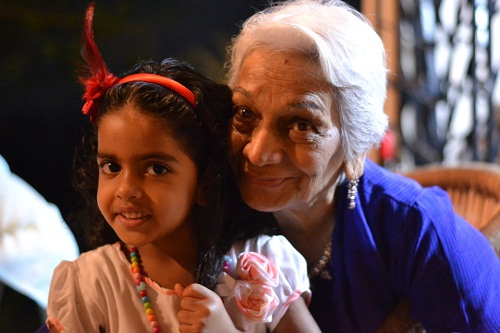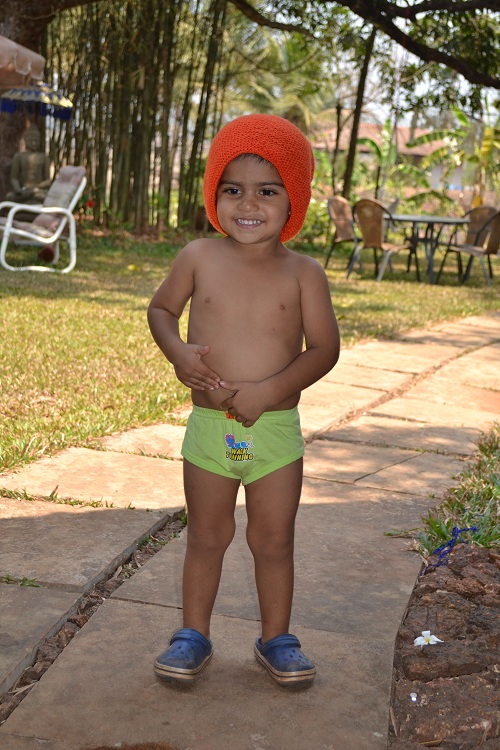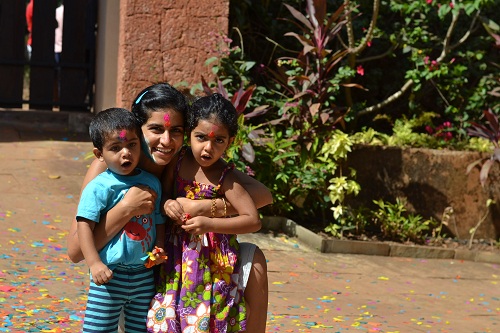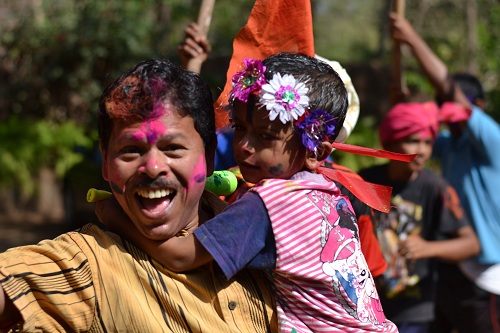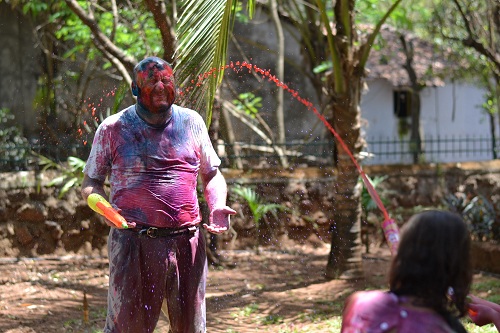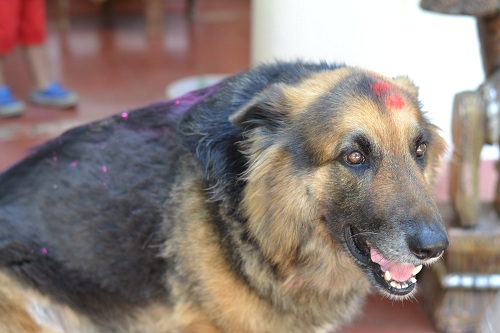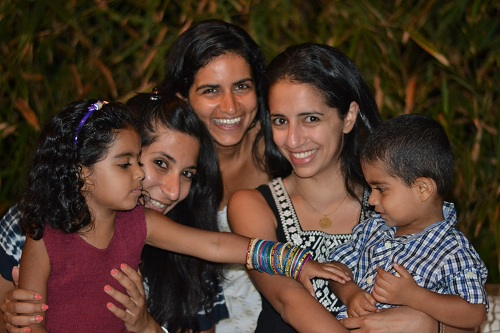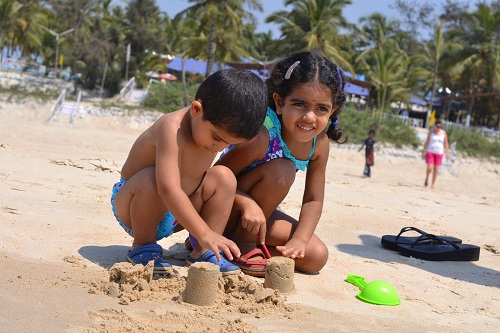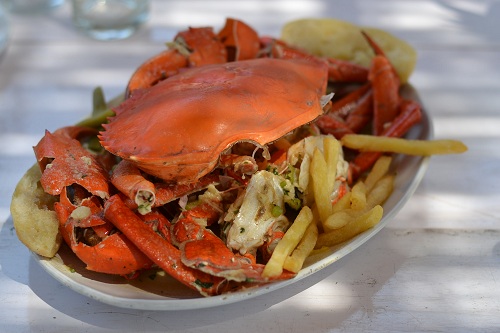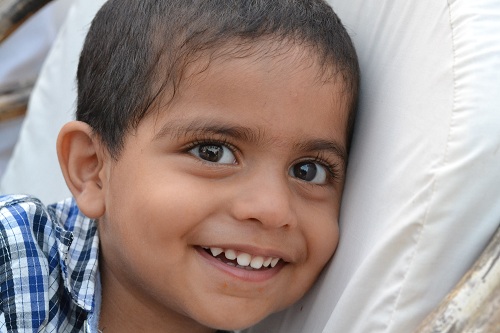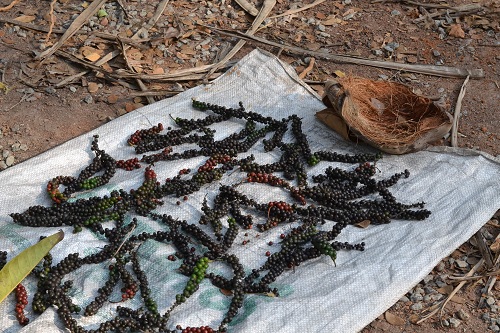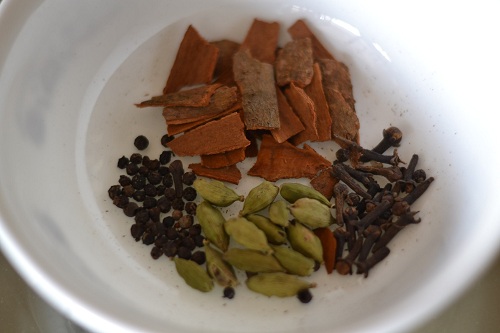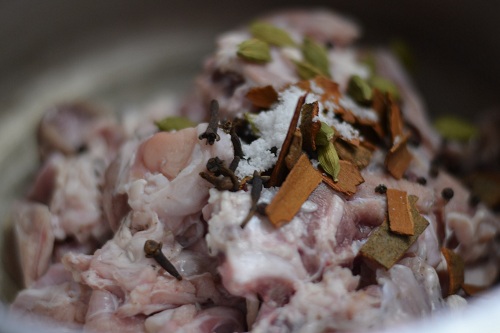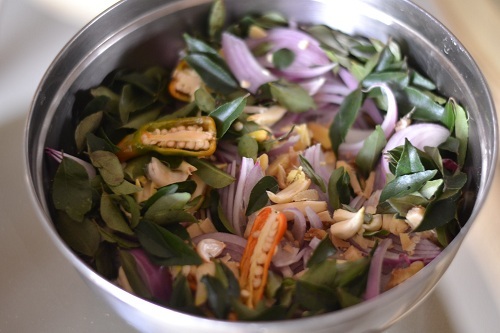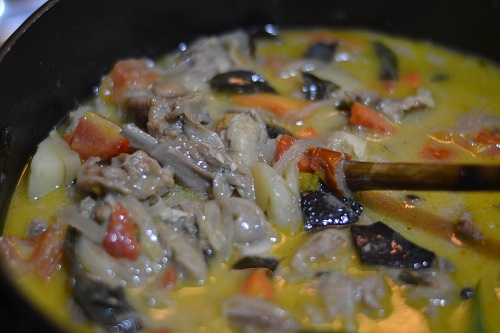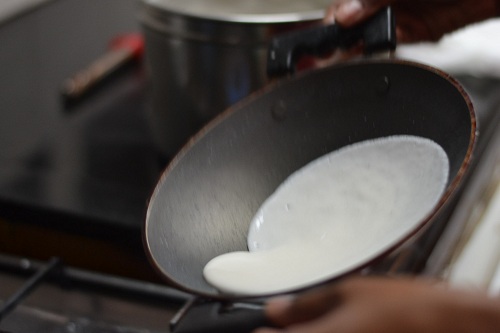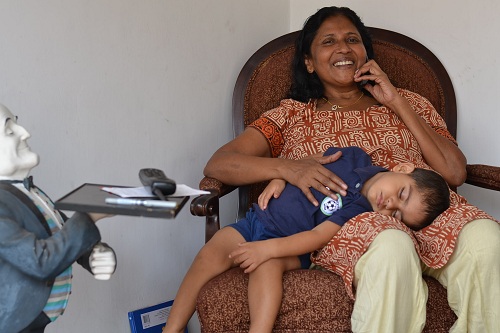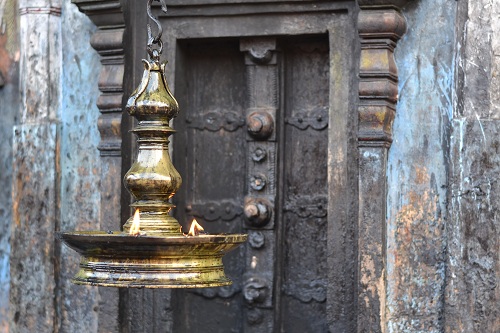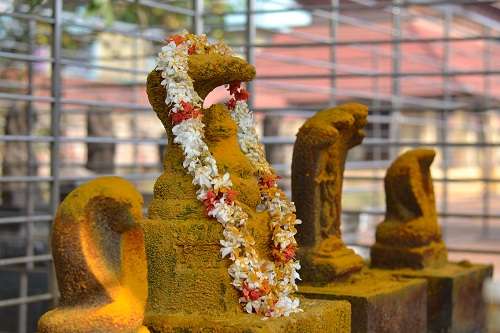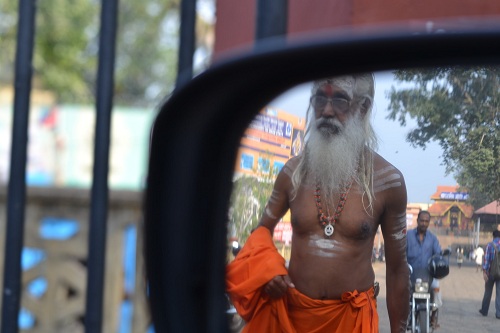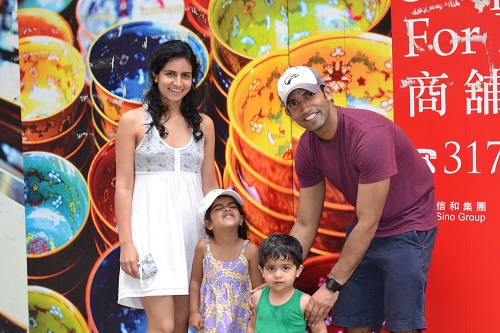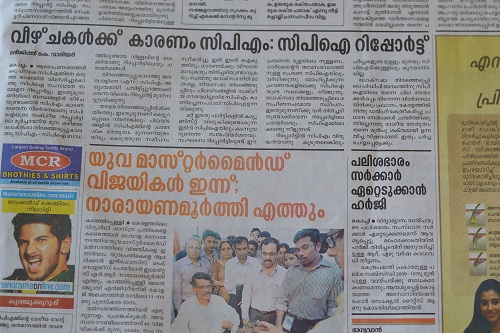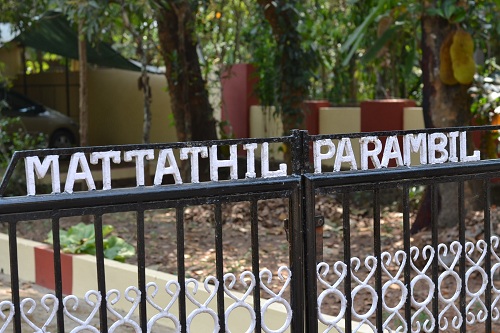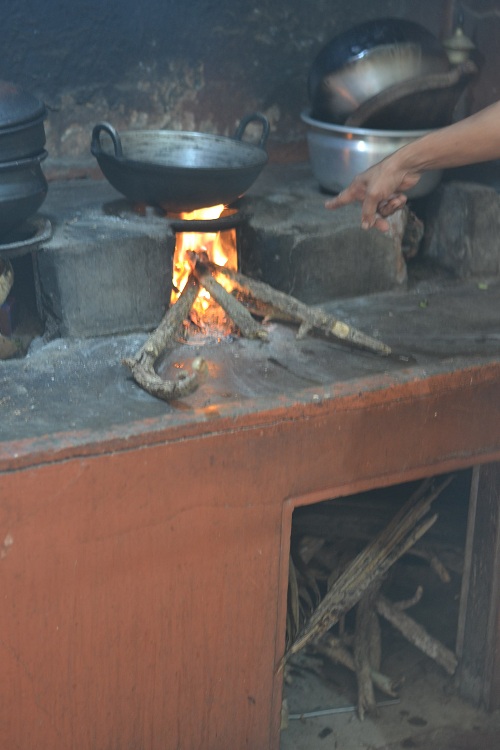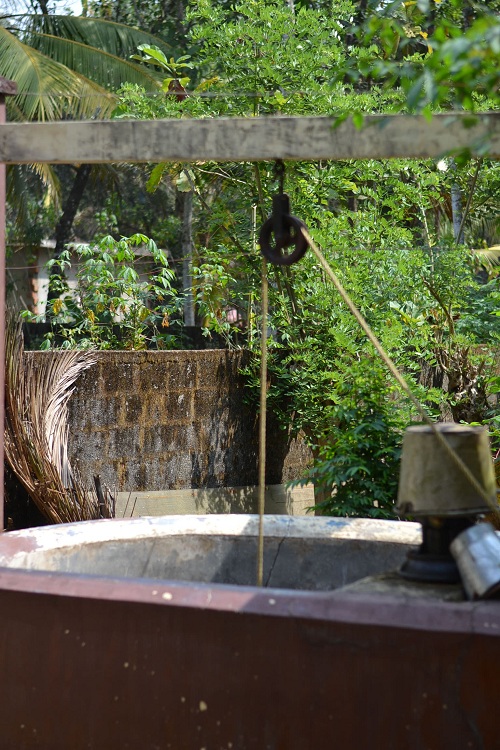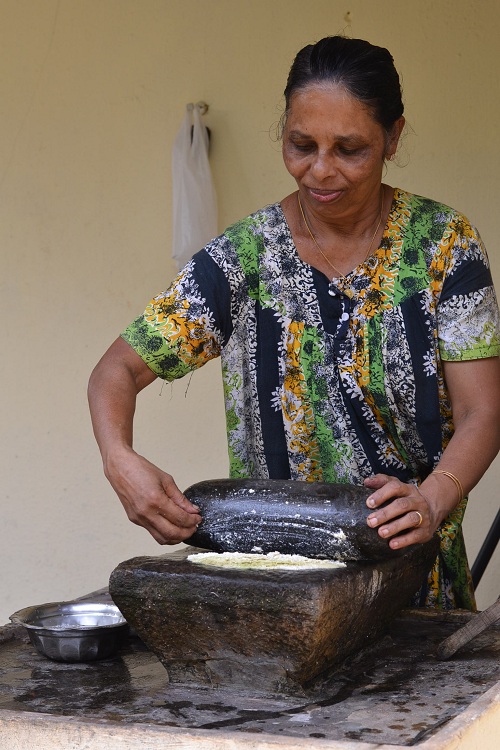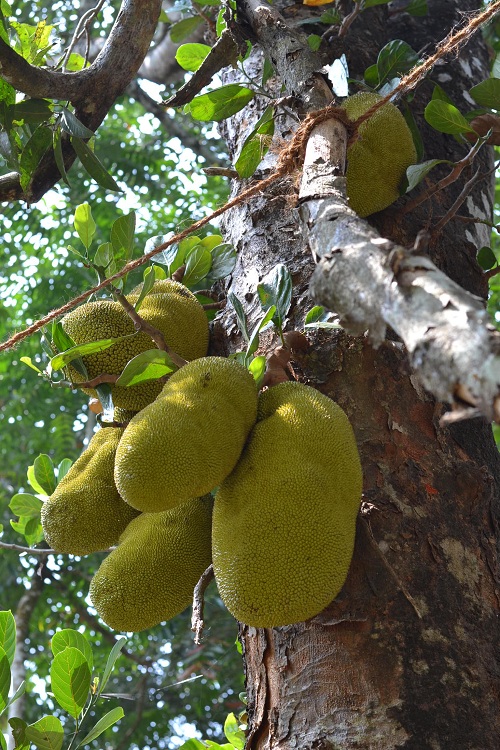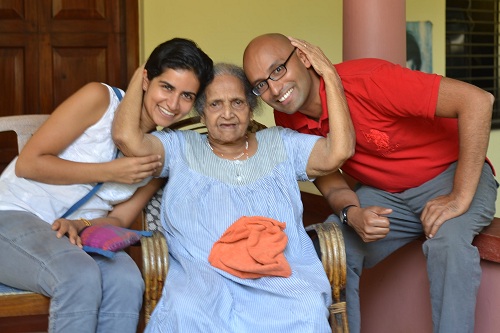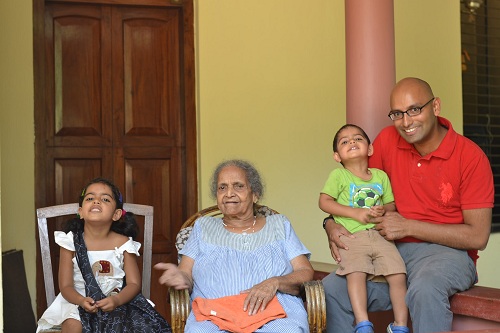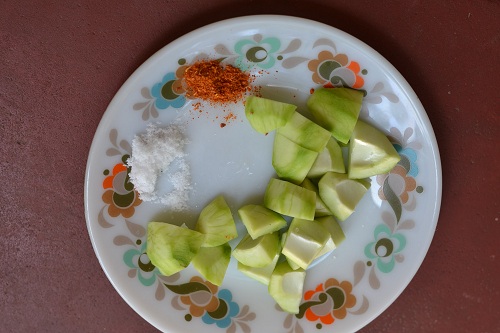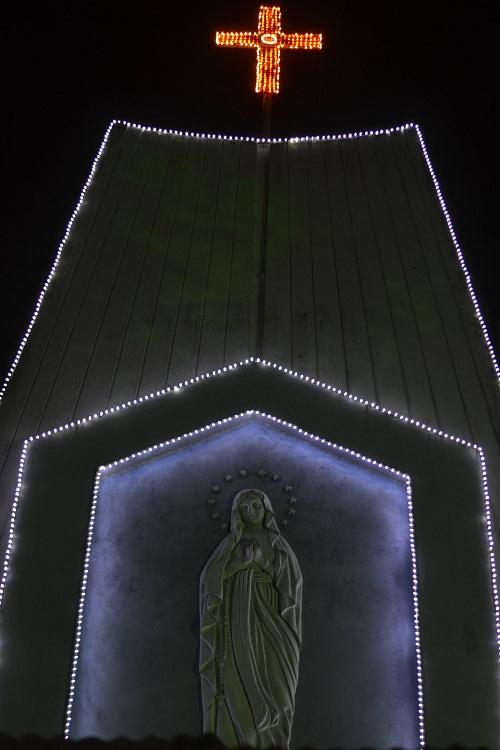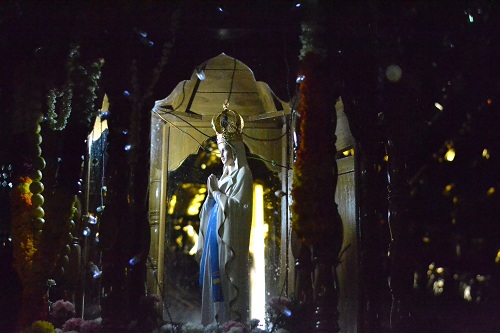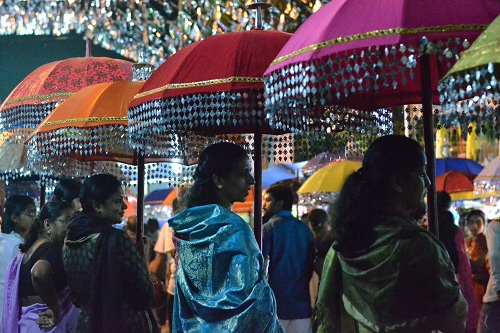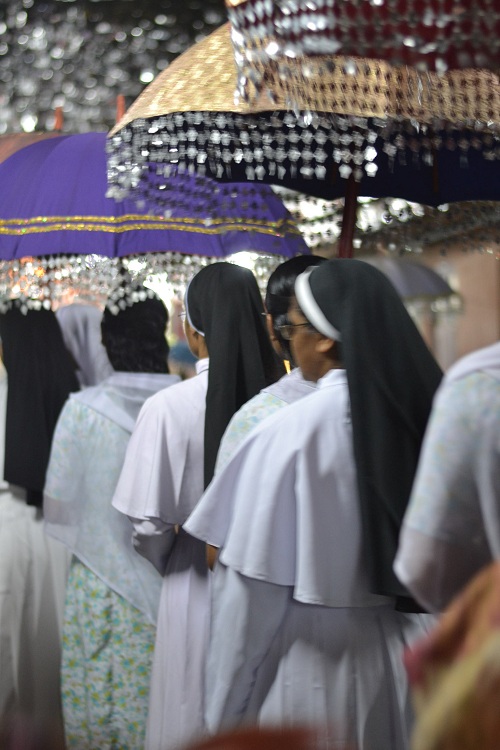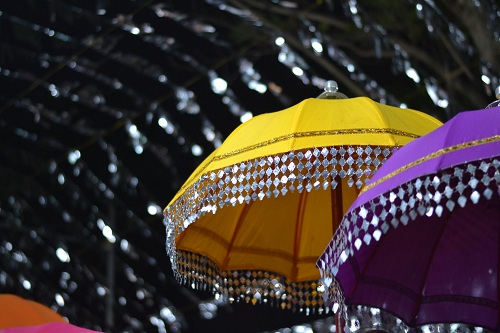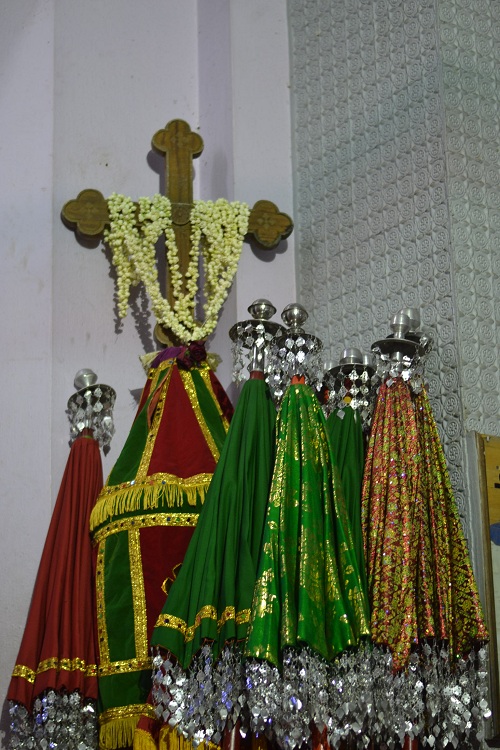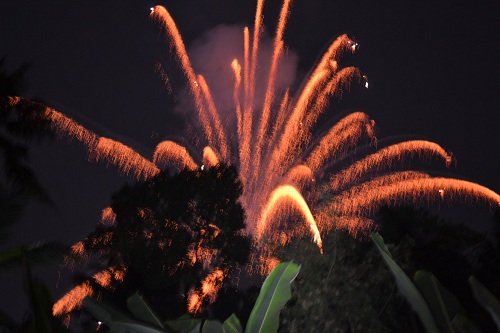Extended travel can lead one to extreme lethargy. Compound that with spending time in what is known as the most laid back place in India – Goa – and it’s a recipe for widening waist lines. In Goa, even the street dogs take it easy, refusing to move from their naps in the middle of the street. Siestas (thank you our Portuguese colonizers for this most wonderful contribution) are still practiced and no dinner is complete without soup, followed by a full meal and a selection of desserts. Staying fit in this environment has to be an active decision. Our early attempts at doing this were marginally successful.
We’ve been trying to replicate certain activities we do at home to help us assimilate into our various destinations. Organized runs, such as the Malakoff 12K that Sandeep ran in Kuala Lumpur are a good way to do what the locals do. In Goa, where we’re doing just fine assimilating to the slower pace of life, it took all our strength to sign up for a run. There was a 5K as well as a half marathon, but we opted for the 5K ‘fun run’. Actually, Sandeep originally signed up for the half marathon and then blamed a cold for scaling down at the last moment.
The run was at a local technology college and, even though the event was open to the public, most of the runners were students. In true Goan style this was the most laid back event either of us has experienced. First, the website said start time was 7 AM. At 6:55, this was the scene.
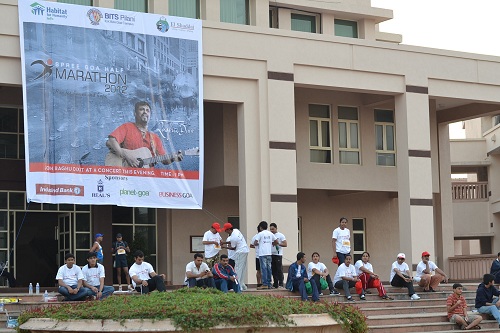
At 7:15, volunteers casually called people to a nearby speed bump, which we realized was supposed to be the starting line. This was a stark contrast to the Kuala Lumpur run, where people were stretching and intense for a solid hour pre-race. Sandeep and I were the only ones stretching. Everyone else was hanging out, chatting in large groups and taking pictures. They showed no indication that they were about to run.
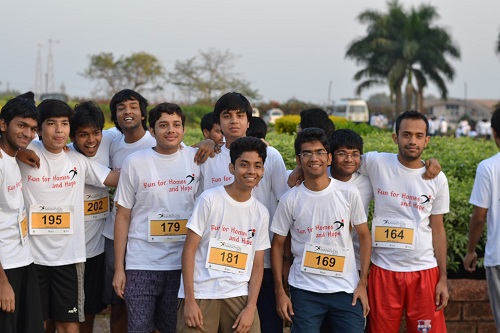
At 7:30, an organizer asked everyone and no one in particular if we were all ready and then told us to “go”. It was the first time that we started at the front line of a run, but within minutes swarms of eager people bounced ahead of us. Sandeep gave up staying at my slow pace and went ahead of me as well. People passed me in droves. Even a few walkers shimmied right by as I huffed along. Then suddenly around the third kilometer people stopped overtaking. The gap between me and the person in front seemed to get increasingly wider.
I had that sinking feeling that I was going to be the last person to finish. Only the cows were going slower.
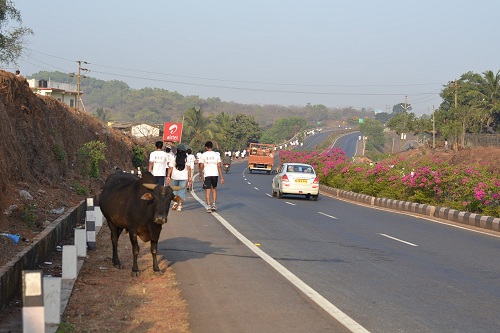
At least I had a sympathetic ‘Keep it up!’ from the volunteers at our turnaround point.
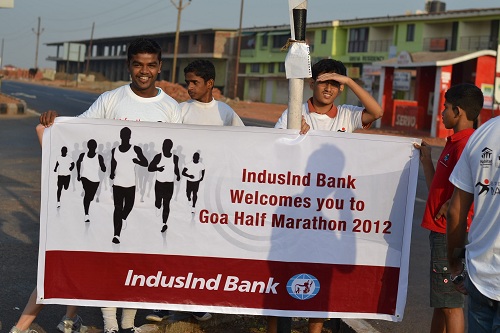
And then slowly the distance closed and I started passing dozens of people walking, some limping, and a few sitting by the side of the road. I finished off somewhere in the middle of the pack, with the realization that slow and steady may not win the race but it likely won’t put anyone last.
I asked Sandeep “How does this run compare to the 12K in Kuala Lumpur?”
Sandeep: I felt like I was in a Nike commercial in Kuala Lumpur. In Goa I felt that people were there to have fun. Most everyone was running in groups, sprinting for a a minute and then laughing and catching up for another. The Kuala Lumpur run was more organized in the sense that it had a DJ, clear directions, and started on time. This would have been a great run to do with a bunch of friends though.
Diya: Funny. You had me to run with and took off anyway.
Sandeep: I just wanted to get to the finish line to get your picture.
